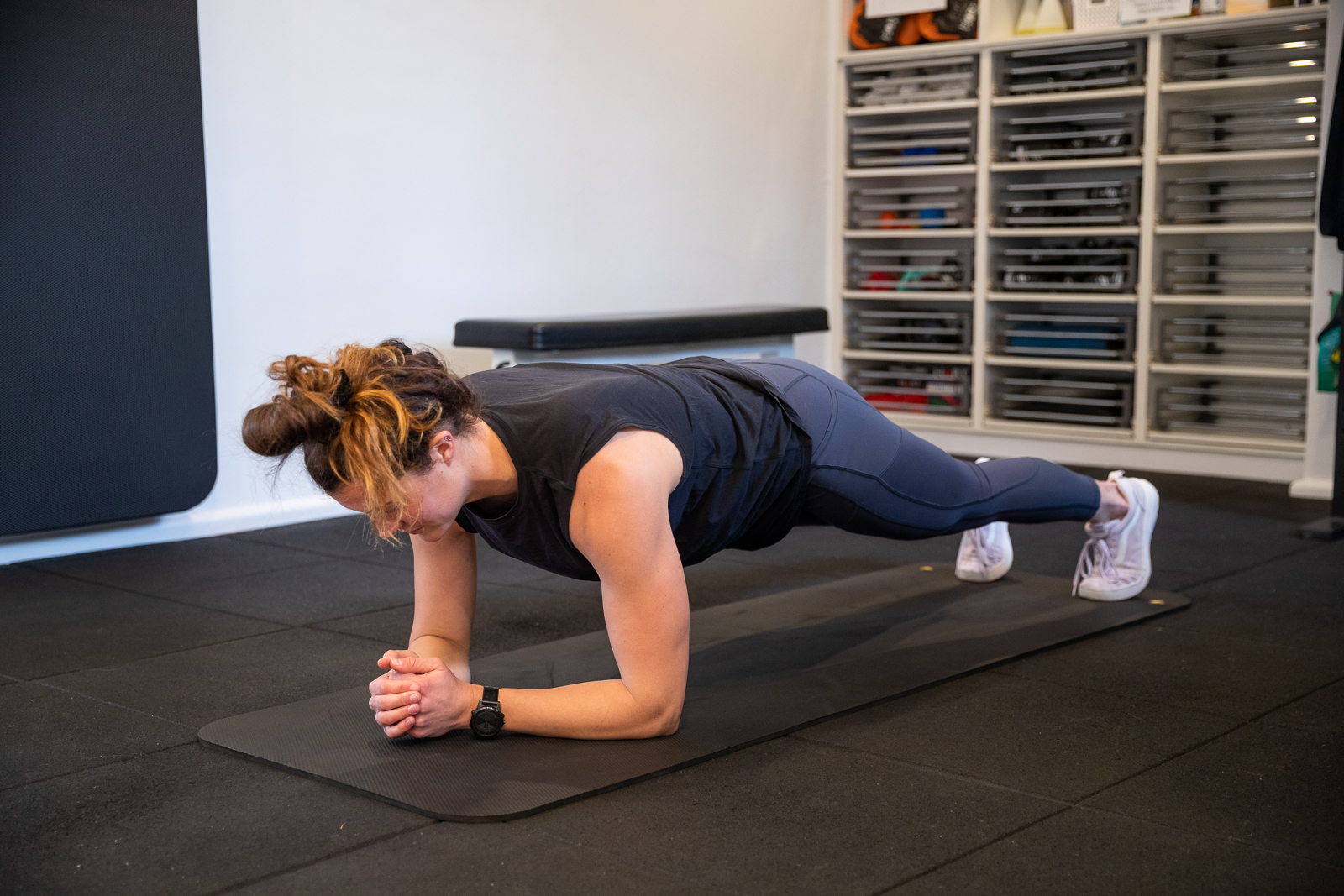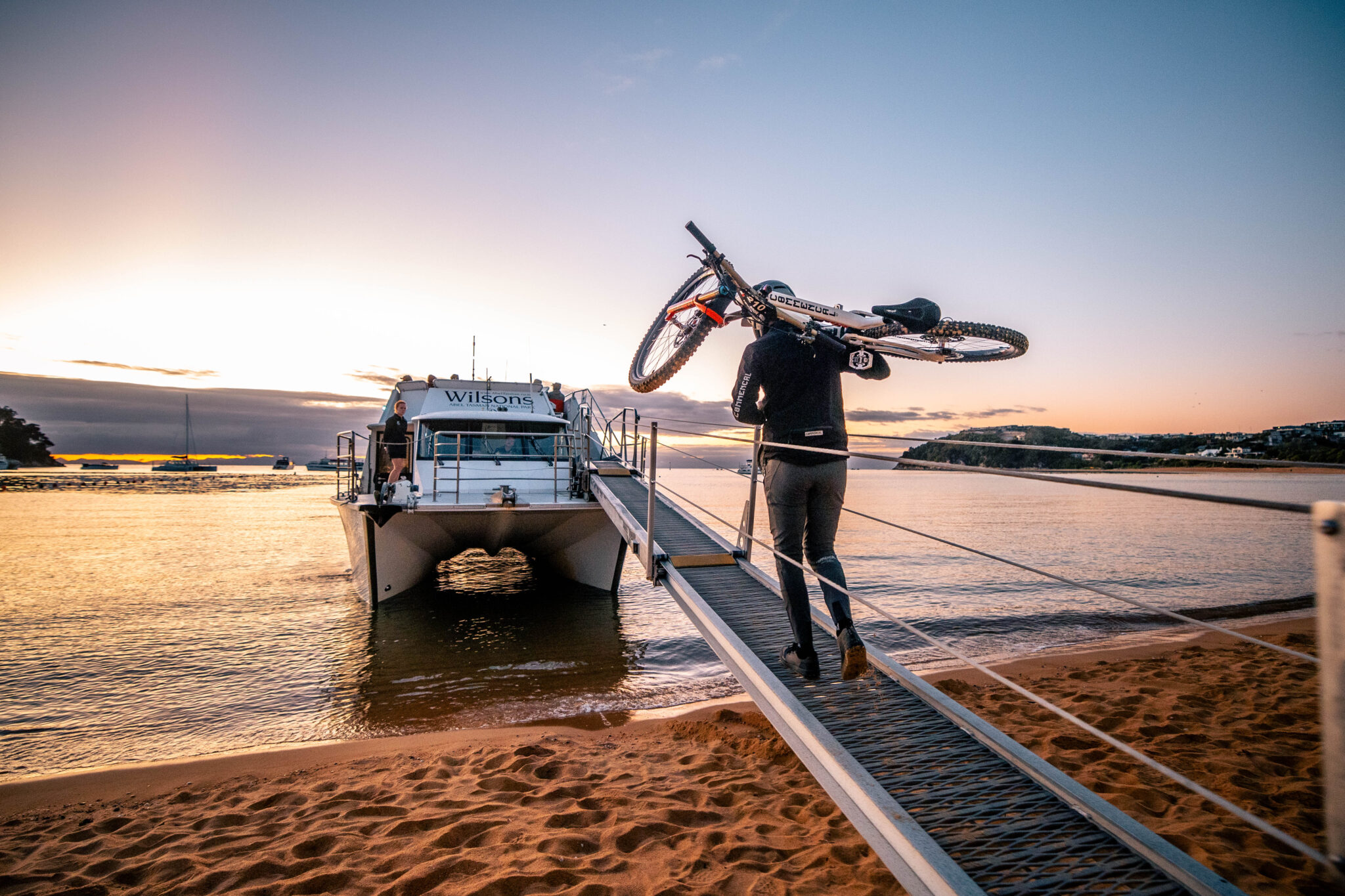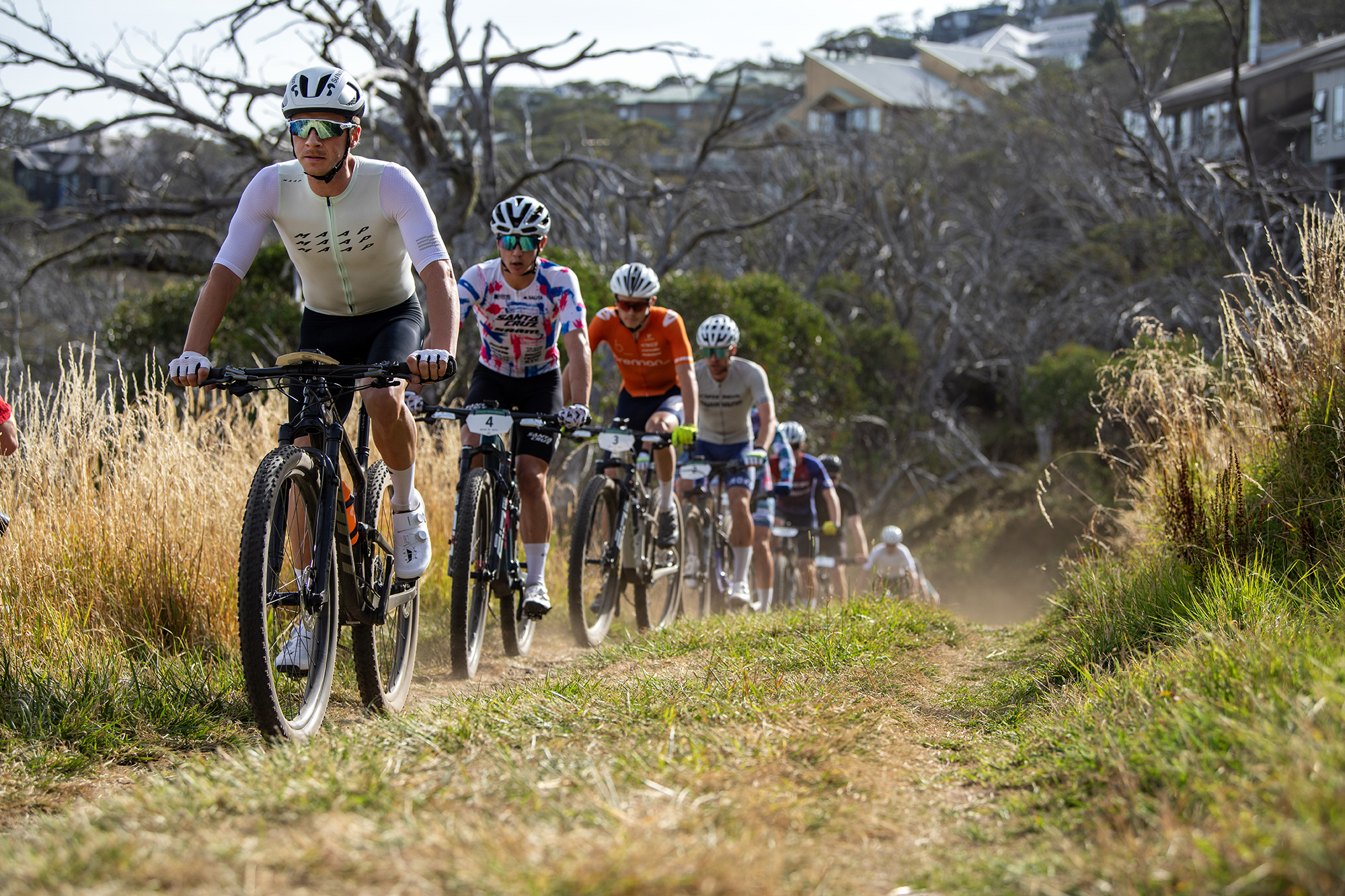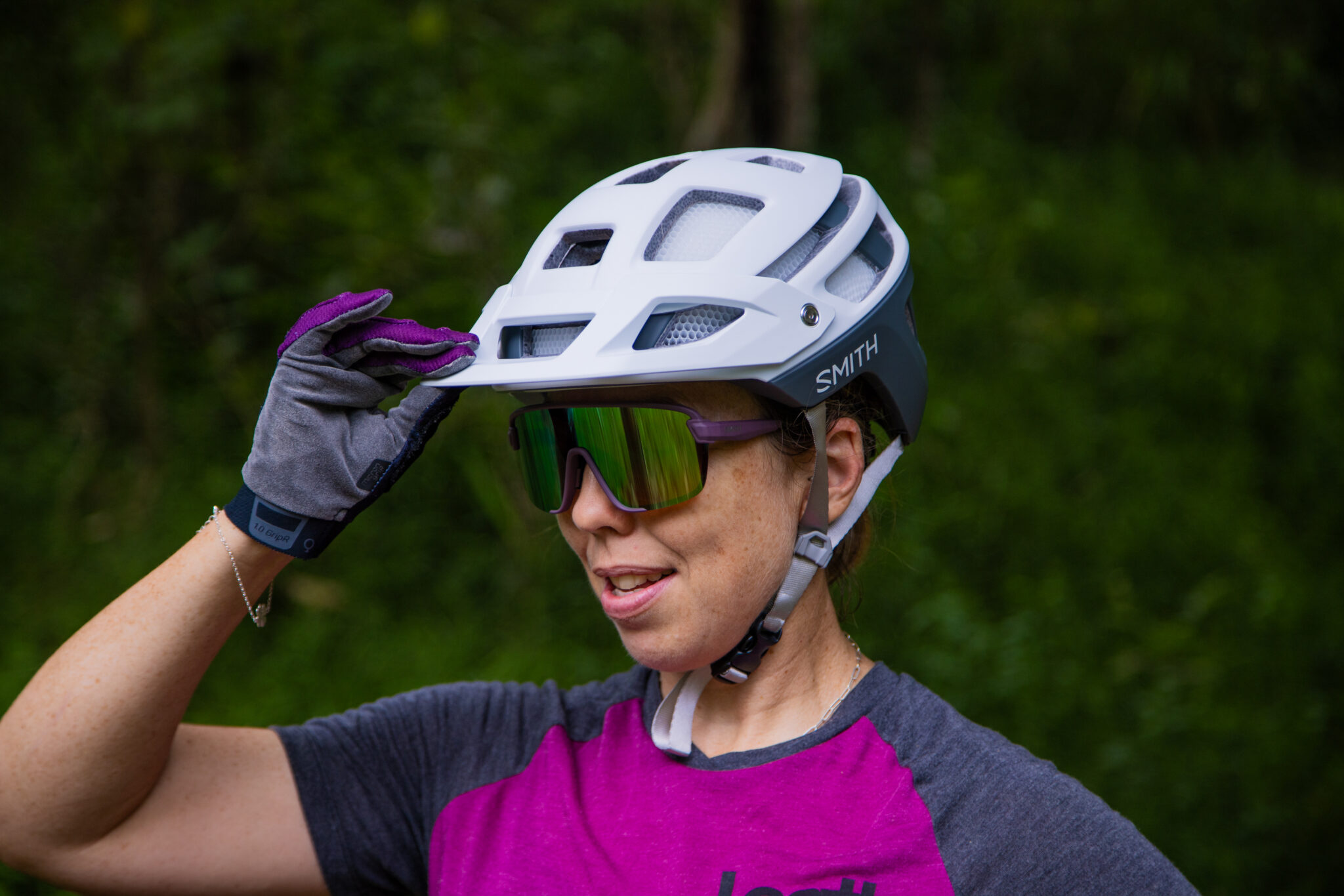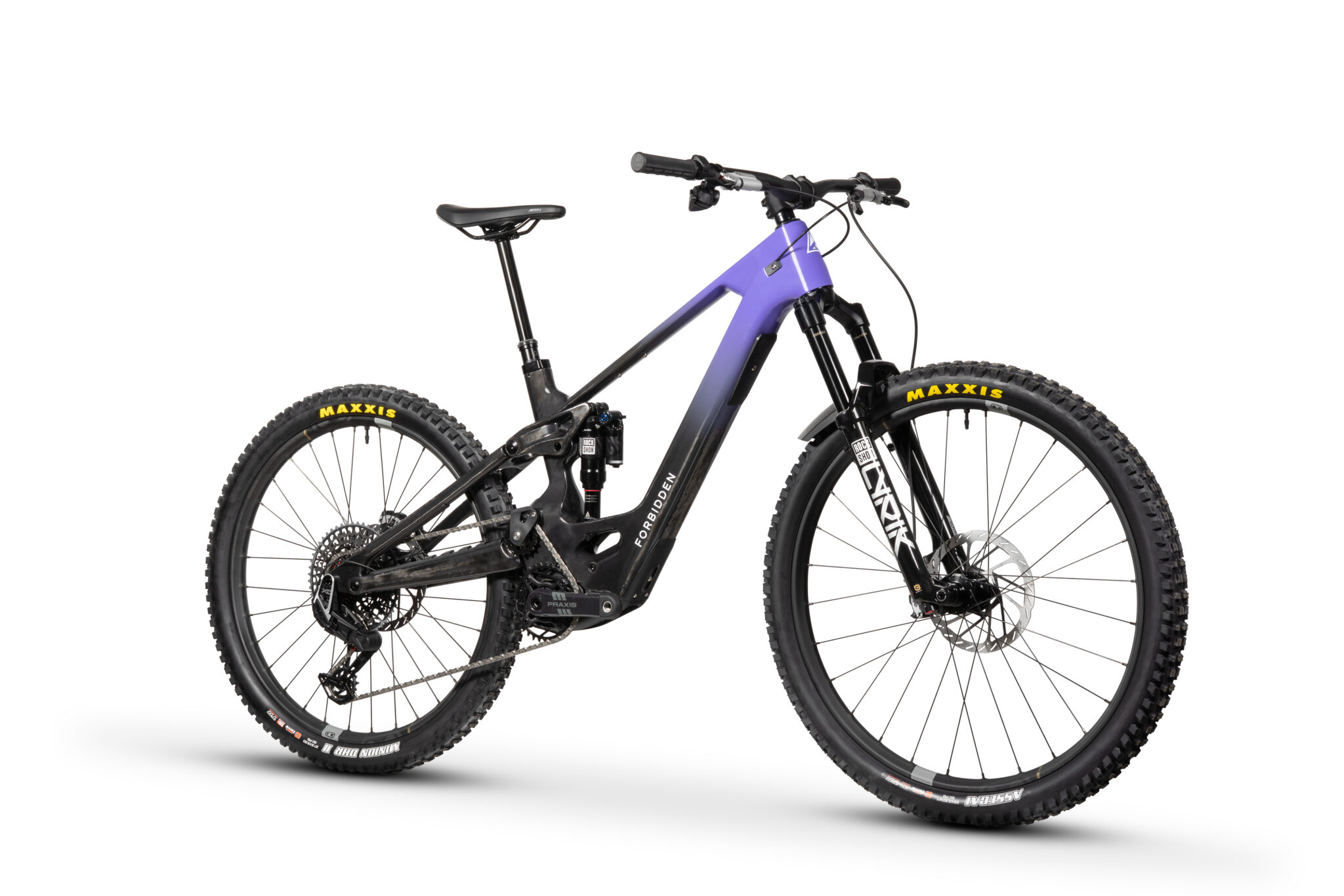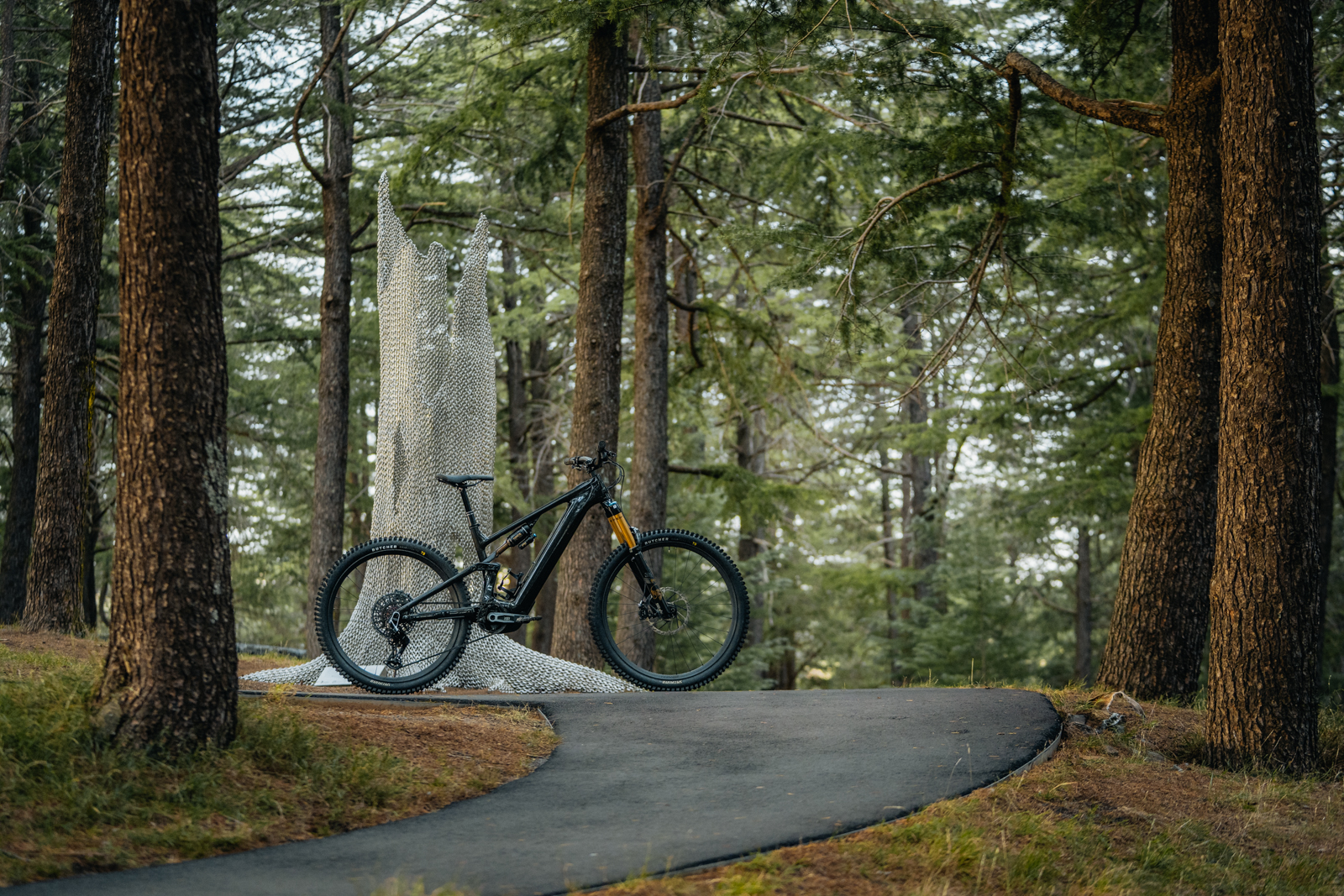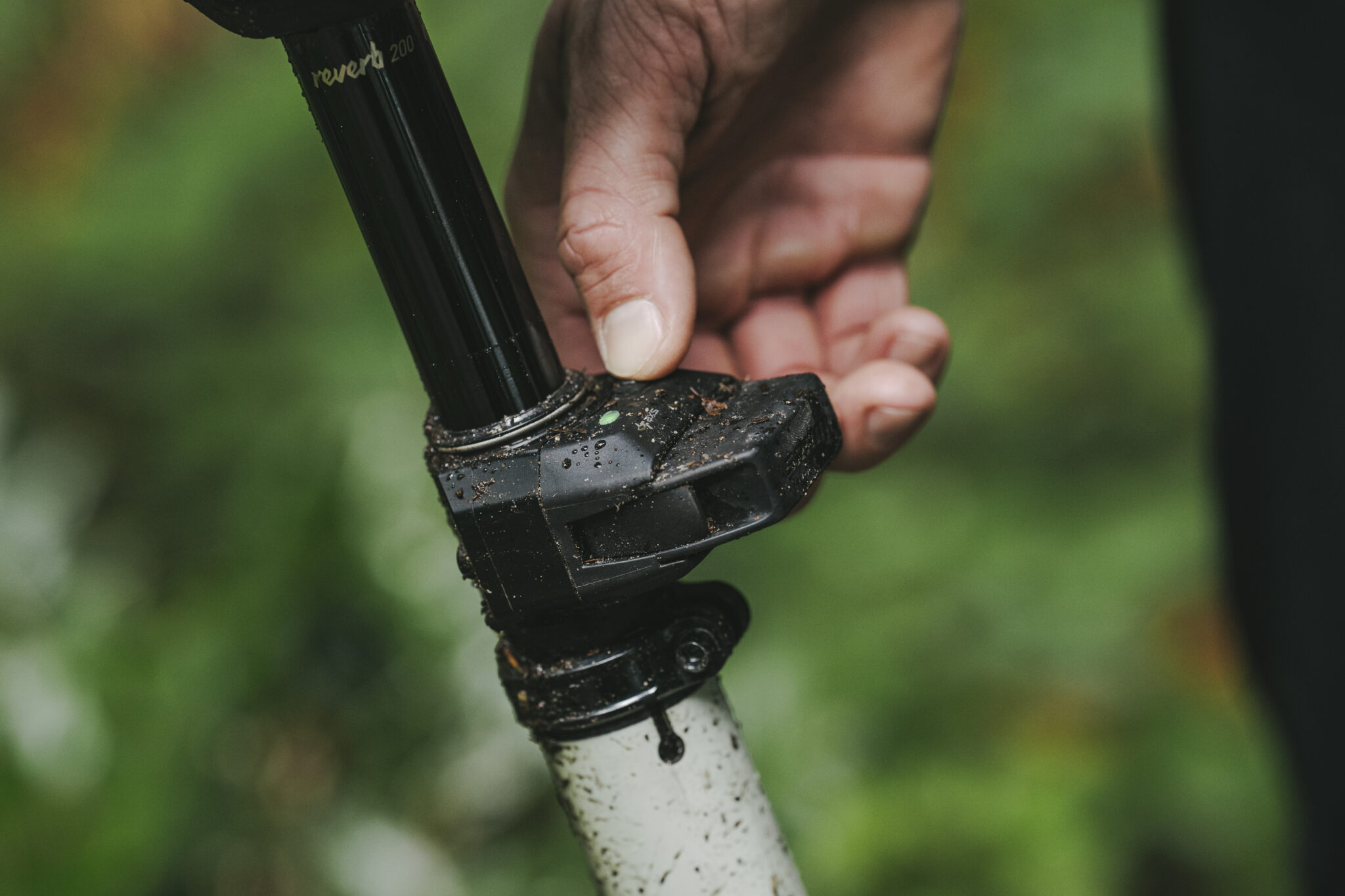Strength Training for Mountain Biking
Strength training can be done easily at home - here's a few examples.
Words: Anna Beck Photos: Nick Waygood
Strength training can have a big impact on your life and bike health and fitness, and strength and conditioning workouts can be completed in as much time as you spend each day staring in the great abyss of the pantry or fridge expecting something exciting to turn up.
The awesome thing about the this session is that it’s easy to do and requires no special equipment. The demands of mountain biking are whole-body, and as such compared to road cyclists we require much more upper body strength and control, and there are far greater demands for stability and dynamic movements through the core and legs.
1. The Squat
What is it? The squat is a full body exercise that works not only the quads and glutes, but also works your posterior chain and core stability. A squat mimics the hinge movement of the hips used to ride through technical terrain, and provides a stable base for absorbing forces of the trail through the feet.
How to do it
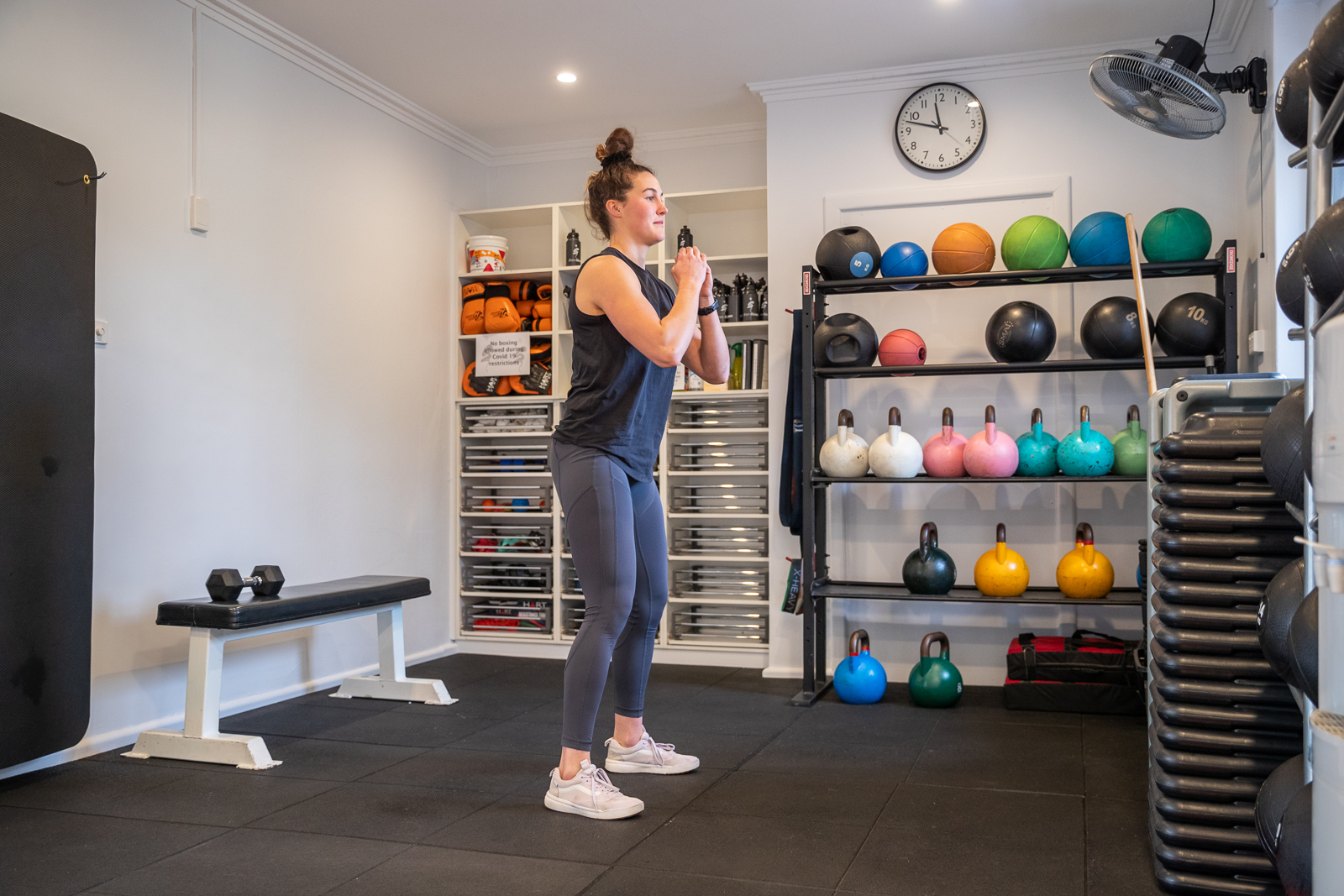
– Stand tall, feet around shoulder width apart
– Maintain a neutral (straight) spine
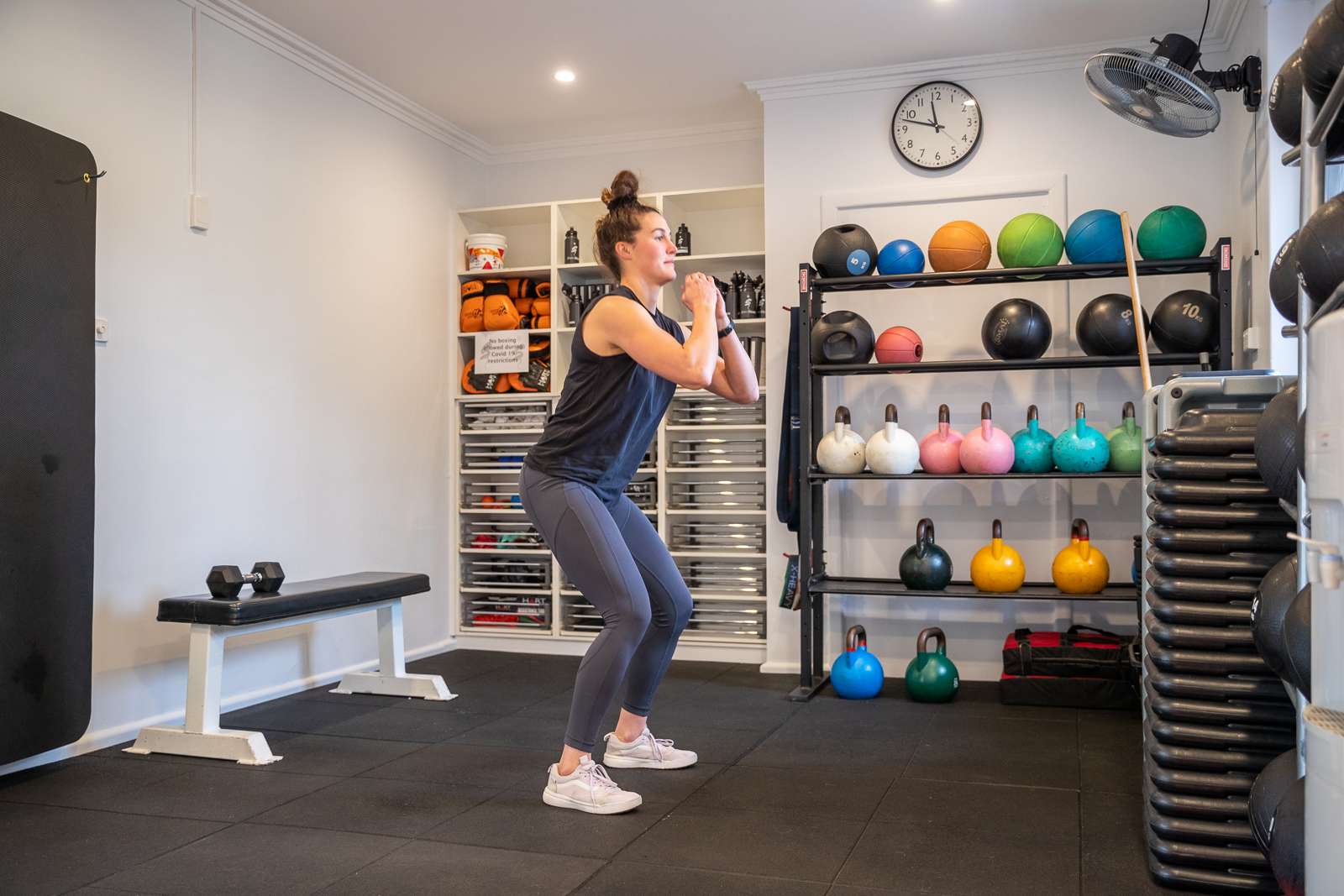
– Hinge at the hips, sending them back slightly as you descend into the squat, while keeping your chest and shoulders upright
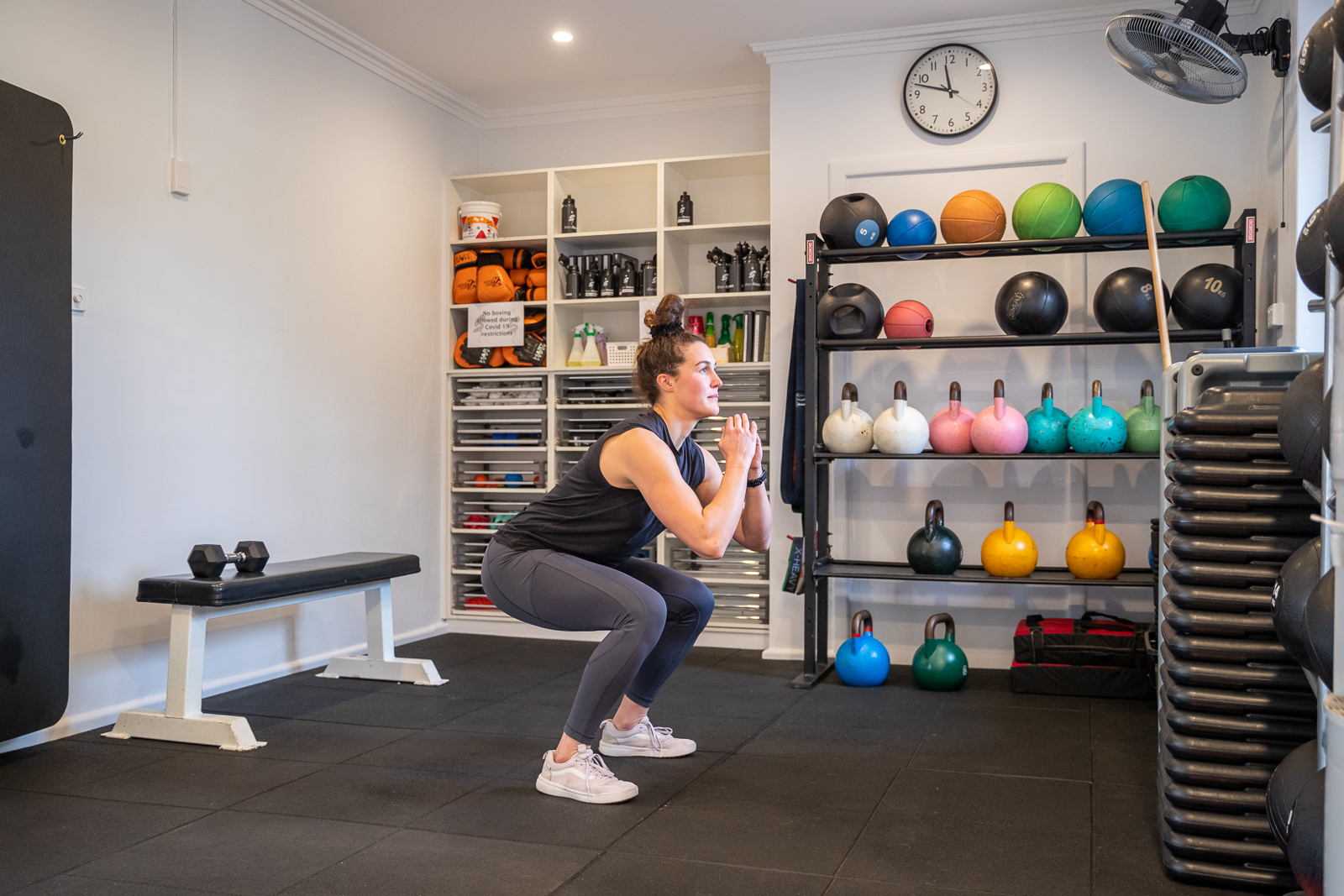
– Go as deep as your mobility allows: stop and reduce depth if experiencing any lapse in form or discomfort
– Drive upwards back to start position, pushing through heels
– Start with 3 sets of 10, and move towards 4-5 sets of 20 with progressions.
Variations
Make your exercise more complex by trying a squat on an upturned Bosu ball, adding weights from things you have around the house (a small child works well!) or progressing to the next exercise: the single leg squat.
2. Single Leg squat
What is it? A variation on the traditional squat, the single leg squat works with all the advantages of the traditional squat, but works on single leg stability, balance and assists with leg imbalances.
How to do it
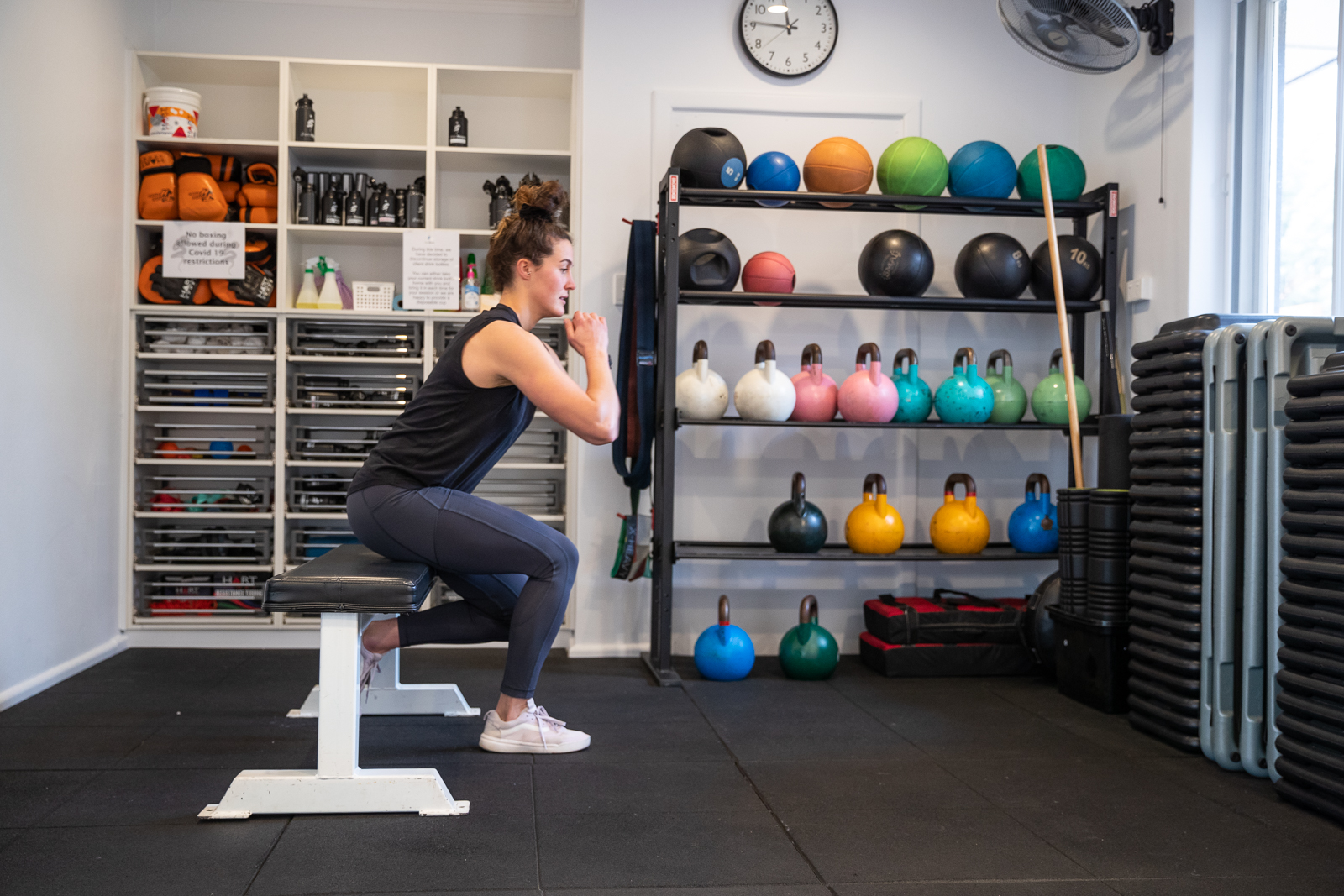
– Stand on one foot with the other leg bent at the knee, sitting on a chair or block to begin with
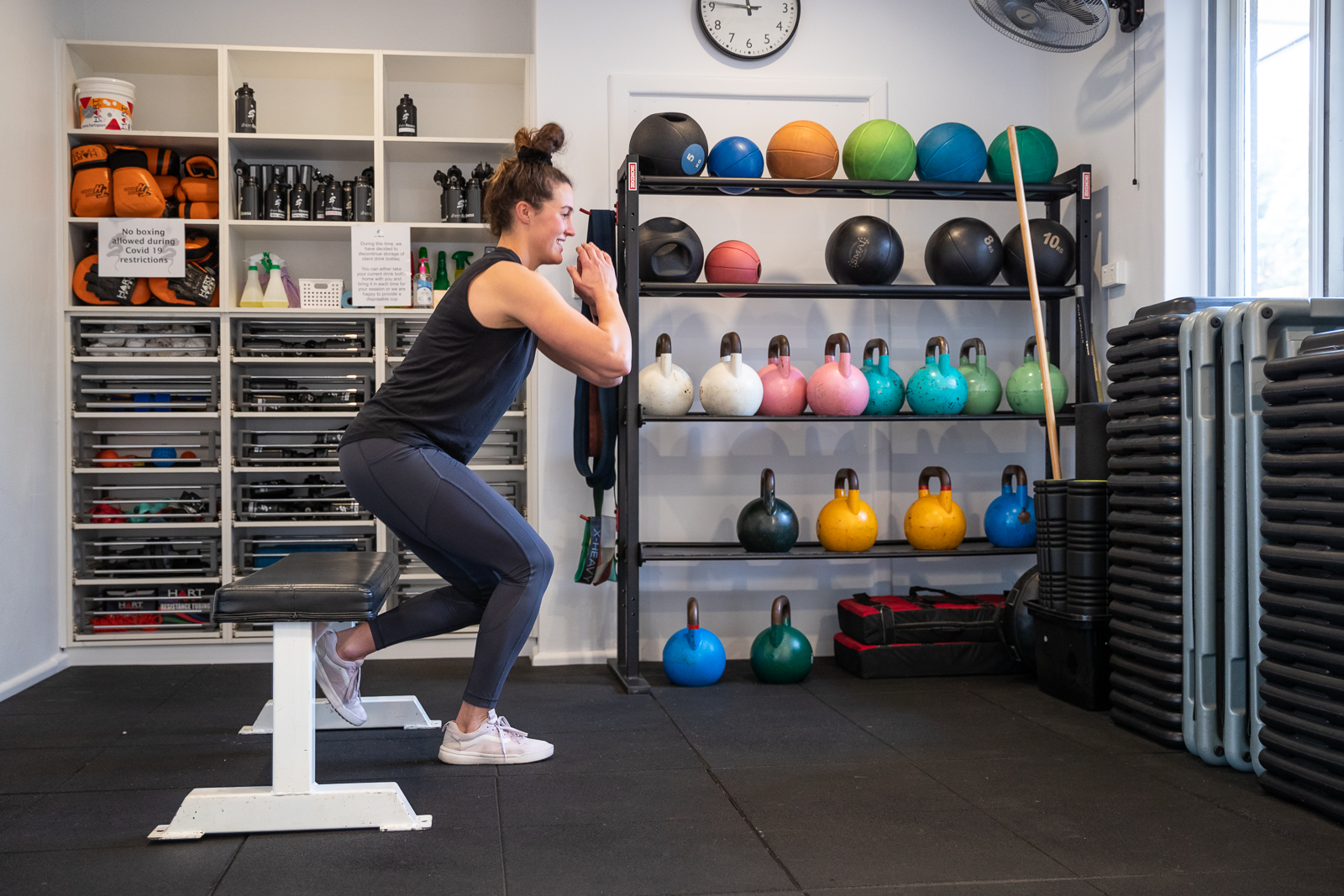
– Drive up with the squatting leg, ensuring core is tight and hips stay level
– Return to hover above chair and repeat
– Start with 3 sets of 5 on each side, working up to sets of 15 with full depth–minus the chair–and variations
Variations
The single leg squat is significantly harder than the traditional squat: try at first with a chair behind to get the correct form at a higher depth before progressing down as low as possible. Progress to putting the non-squatting leg out straight in front of you (pistol squat), then to make things even more challenging, hold a weight out in front of you to counterweight your bodyweight, this works to stabilise and engage your core and upper body even more.
3. Glute Bridge
What is it? The glue bridge is a great complement to the squat in a bodyweight workout situation, really working the glutes, hamstrings and core.
How to do it
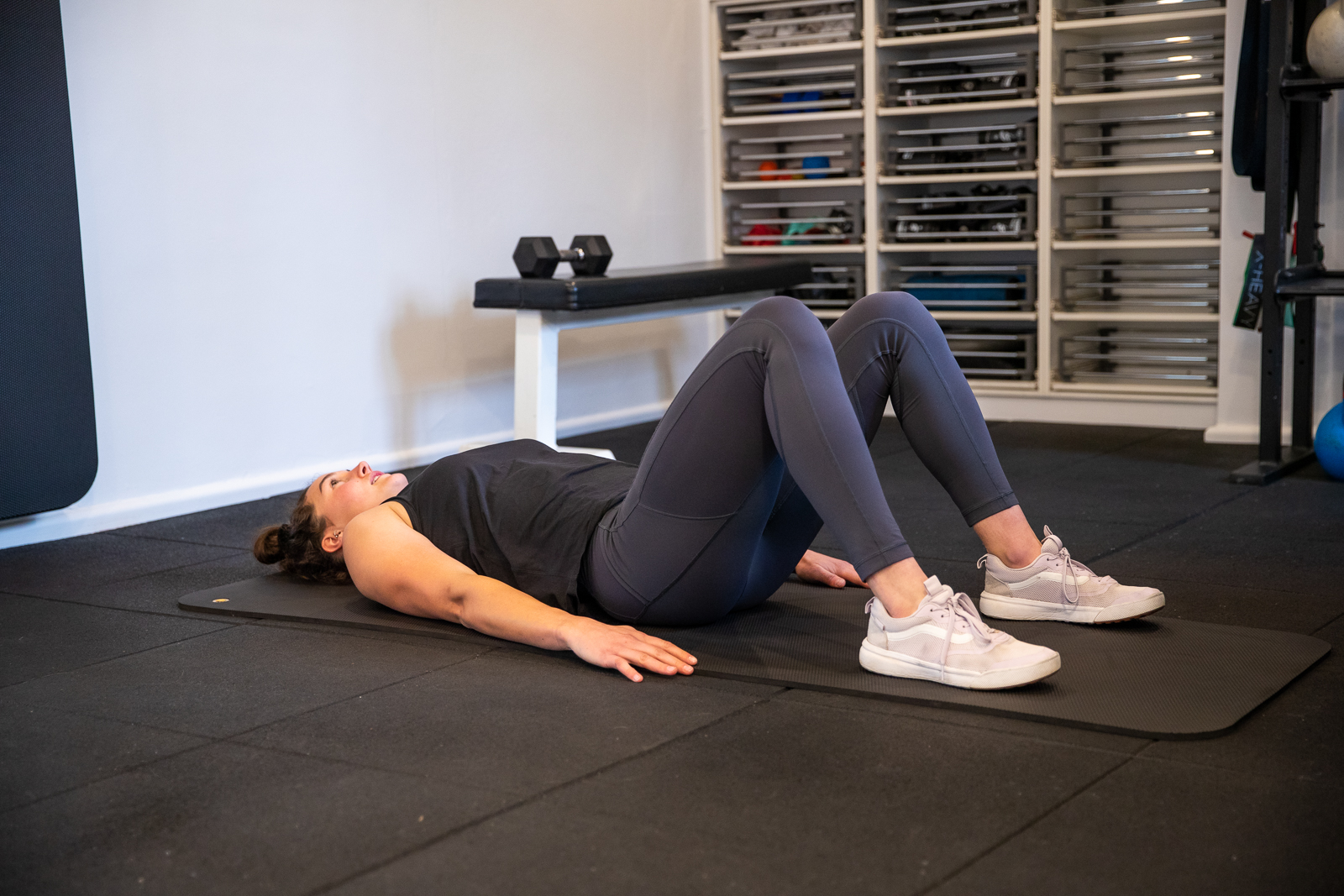
-Lie face up on the floor with knees bent and feet placed roughly hip-width apart
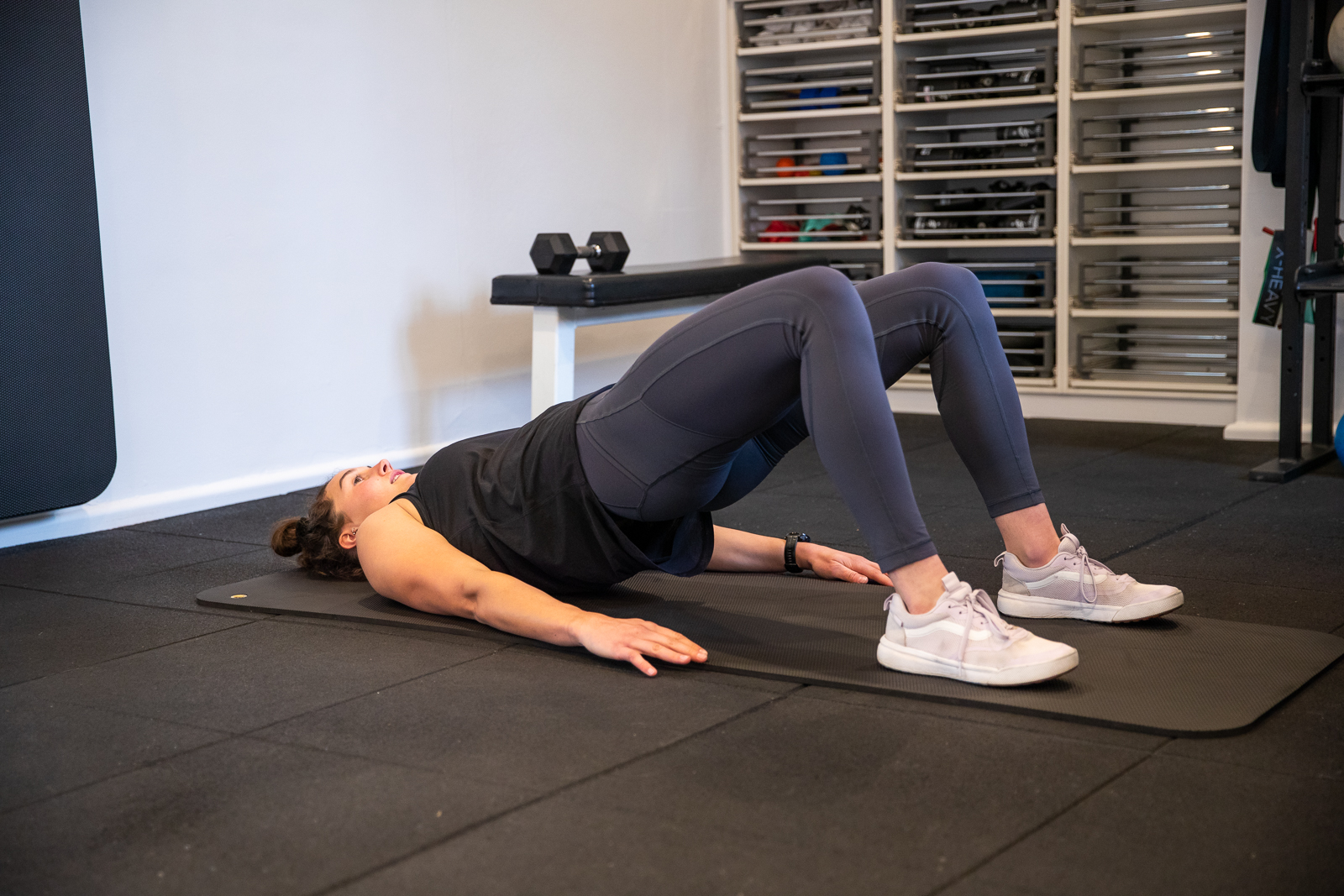
-Engage your core and raise your glutes skyward, keeping a straight line from knees to shoulders and squeezing your glutes
-Slowly lower back to the ground, this is one rep.
-Start with 3 sets of 15 and work up to 5 sets, using variations to progress.
Variations
You can increase difficulty of the glue bridge by using a band around the girth of the quads and pressing knees outwards.
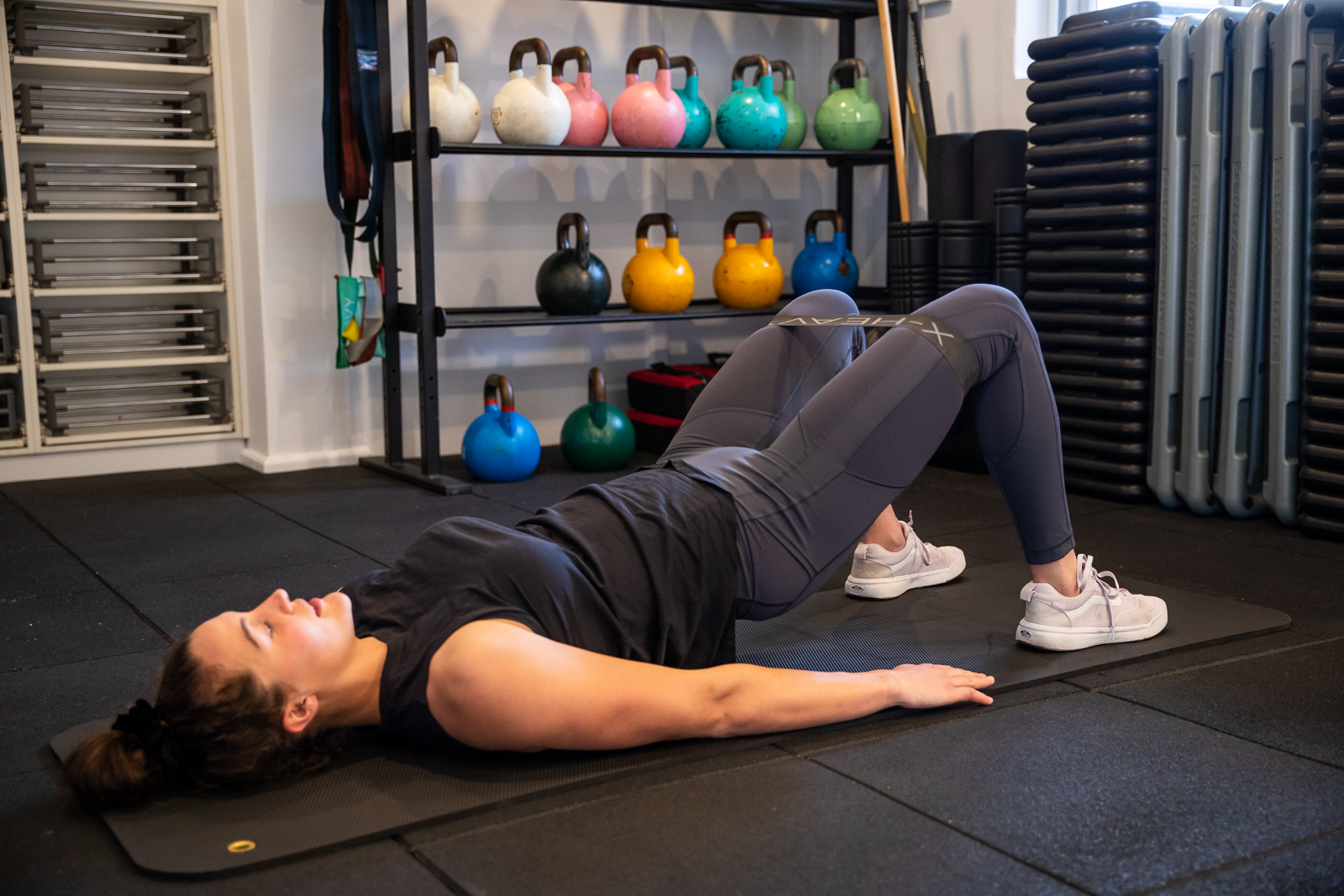
The next step is to advance to the single leg glute bridge, ensuring core is super tight and there is no lateral rock of the hips. To make it even harder, slow it down!
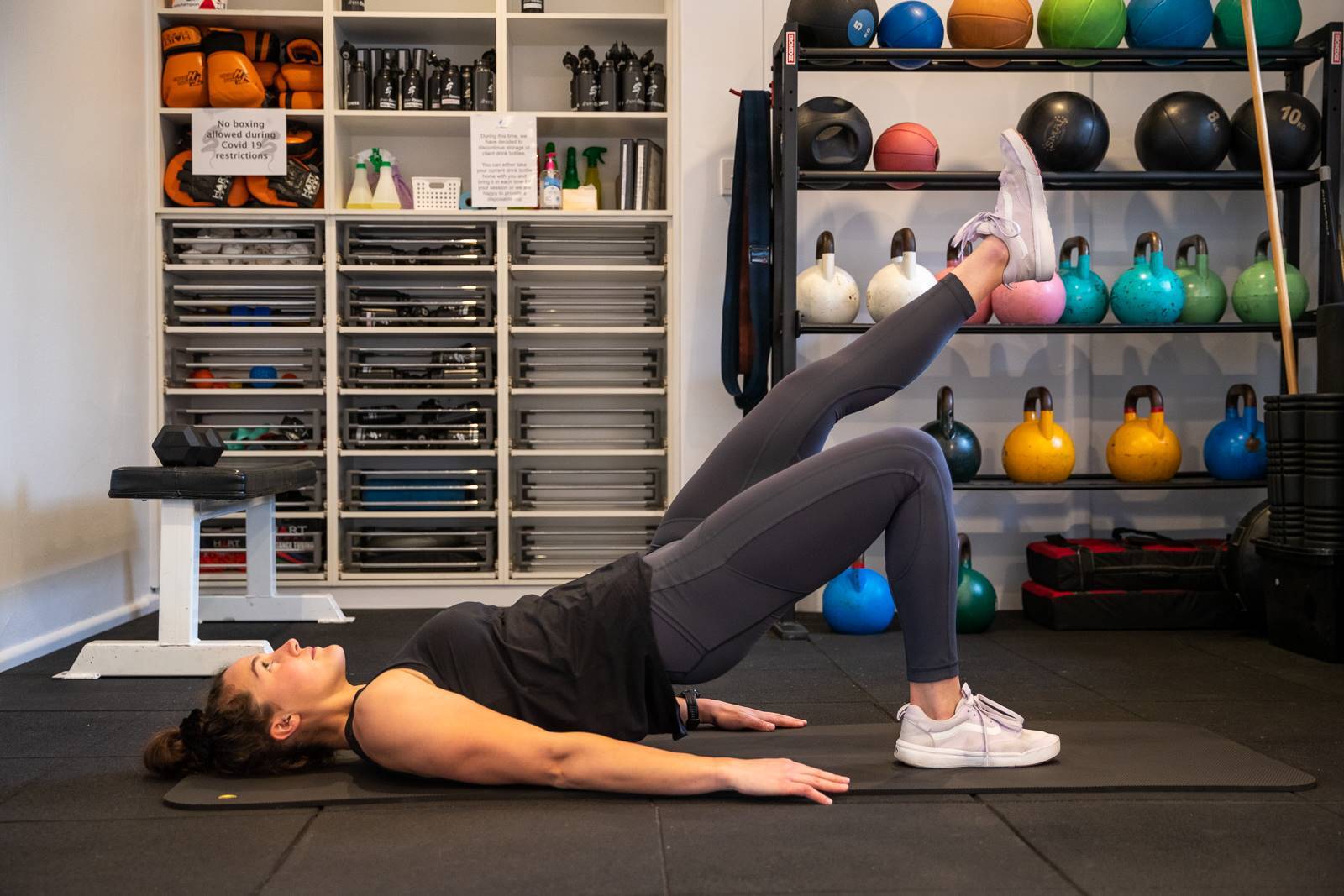
3. Push Ups
What is it? The push-up is an integral part of any home workout session, and while road cyclists may avoid this upper-body and core-engaging move for fear of building muscle mass, there’s no other workout that mimics the position and forces of your upper body on the mountain bike like a pushup does.
How to do it
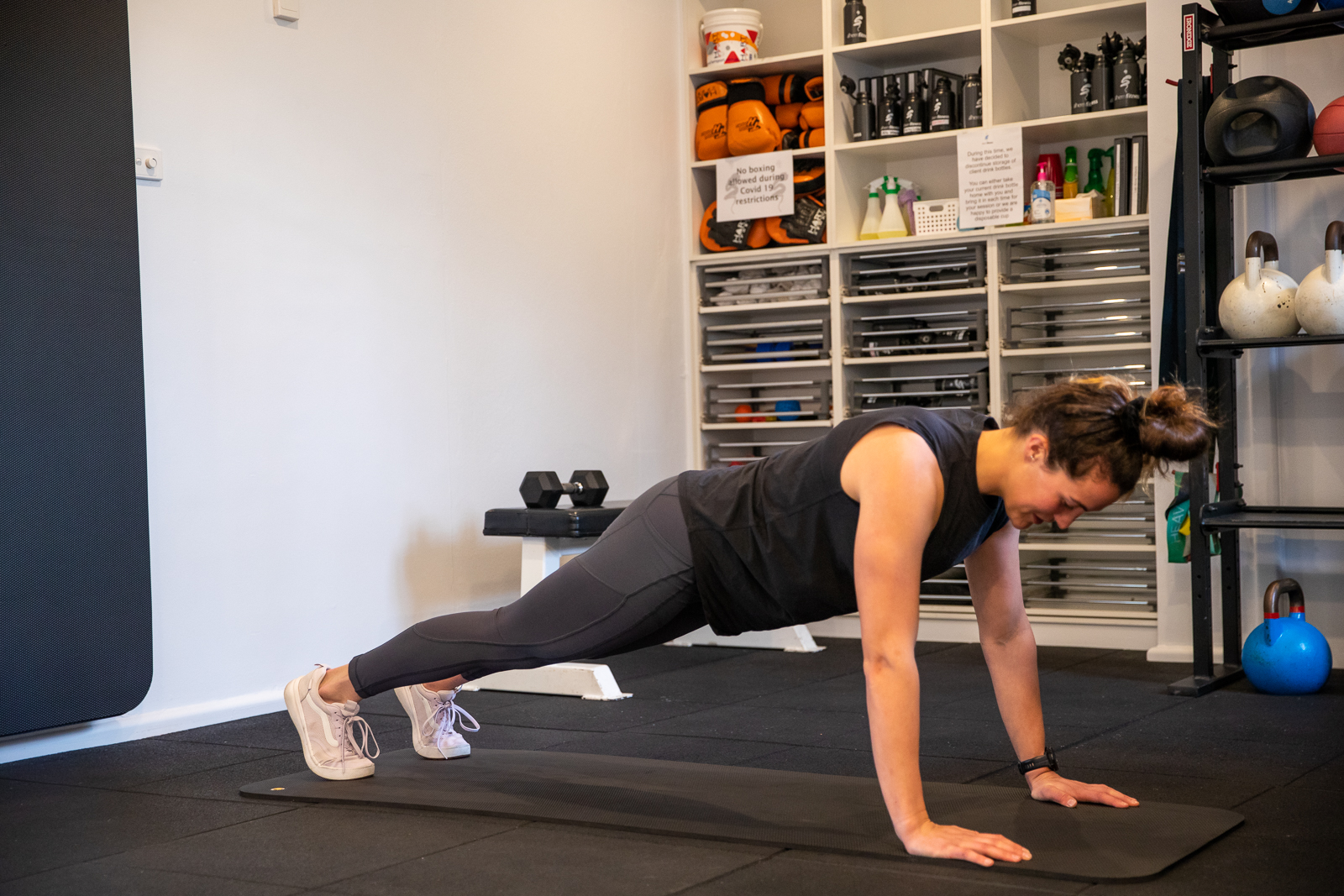
-Position your hands shoulder width apart on the ground, or slightly further apart to mimic bar width if you like.
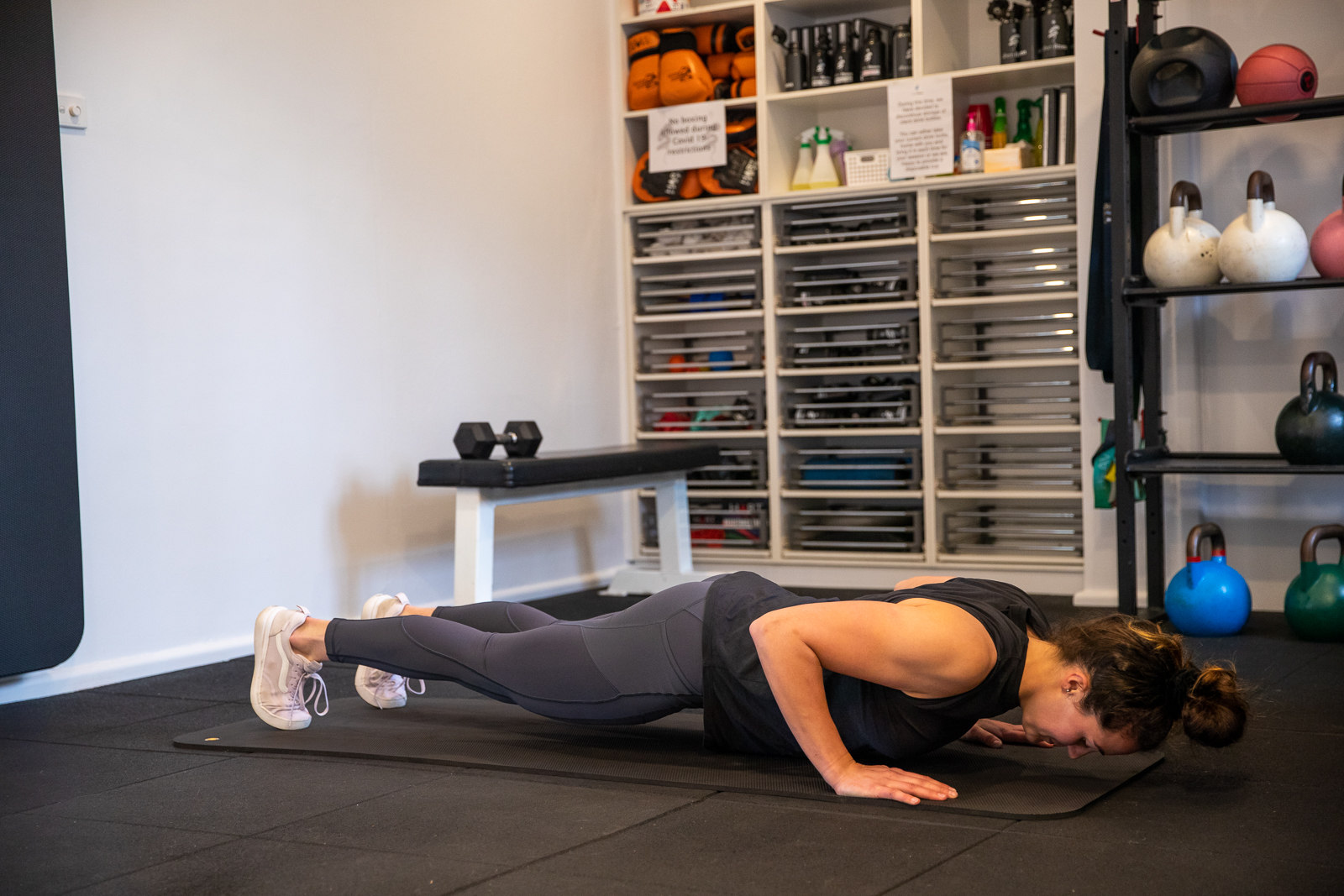
-Toes together or hip width apart, lower your body towards the ground by bending your elbows, maintaining a straight plank position from head to toes.
-Go as deep as you can manage before pushing back up.
-Start with 3 sets to fatigue (the burn!) not failure and increase sets and reps with time.
Variations
If this is too hard you can start on your knees before progressing to the traditional pushup, described above.
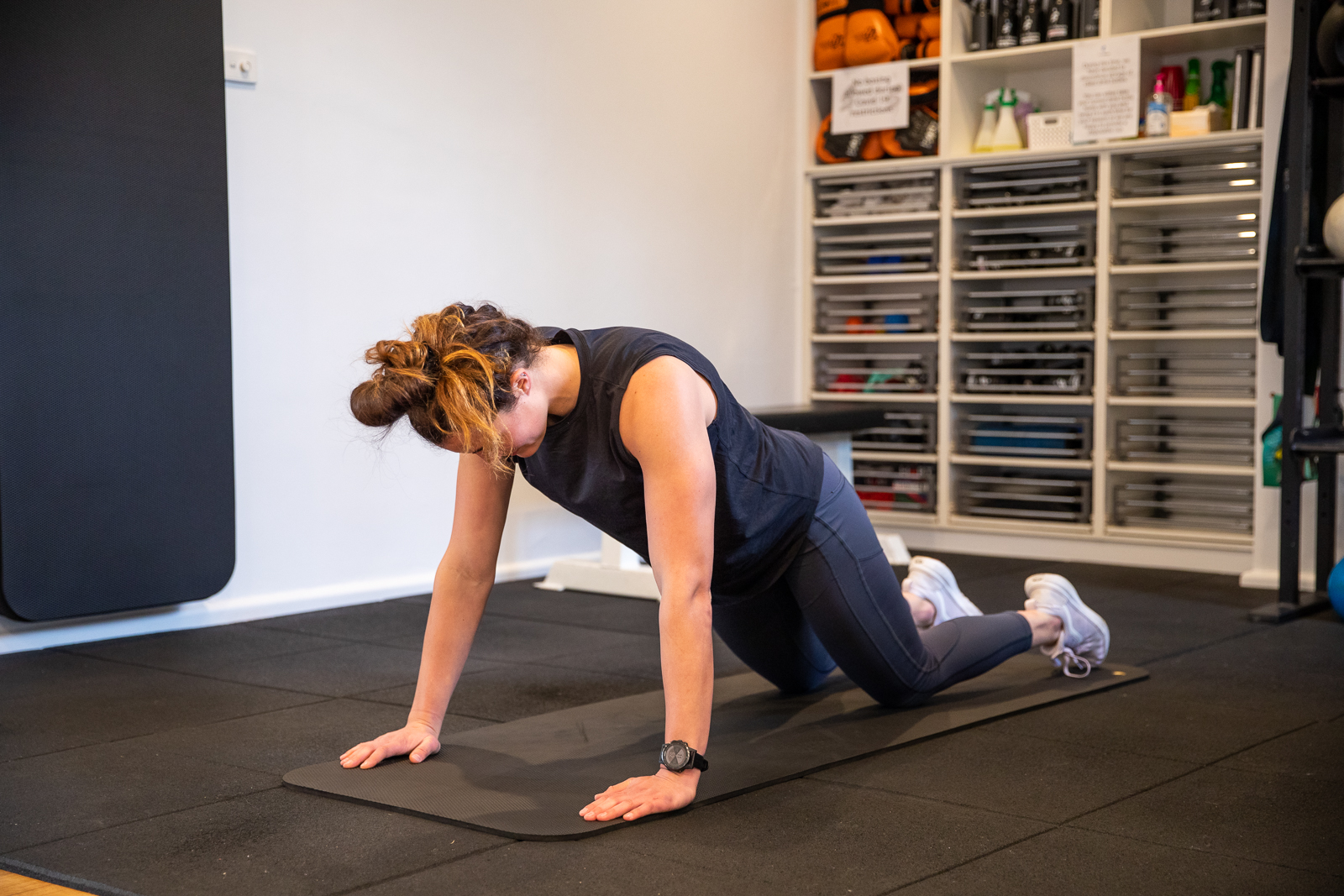
From there, raising your legs (ie. on a phone book or small chair) adds to the strength required to complete the pushup.
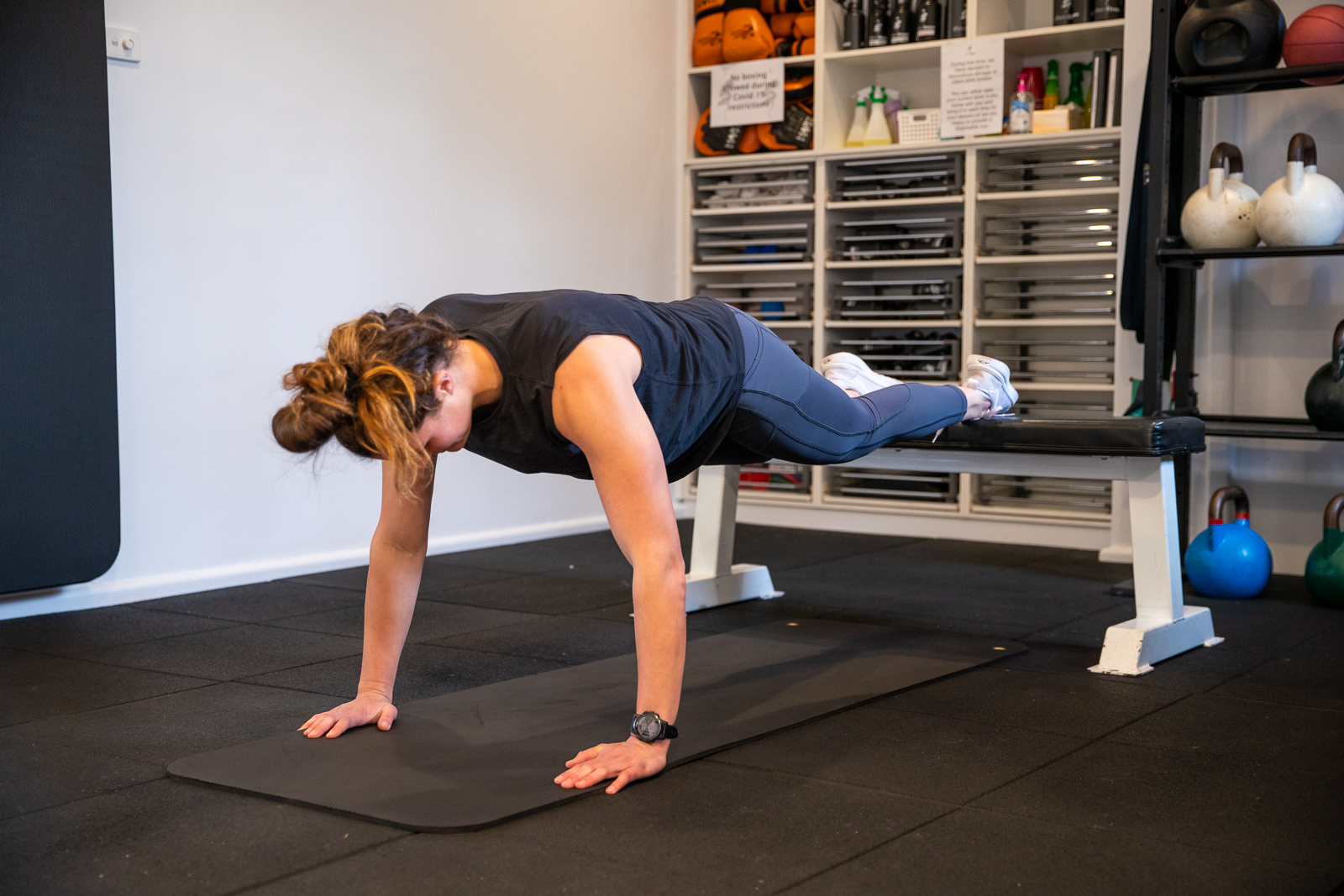
Variations
You can then move towards hands together for ‘diamond’ pushups (forefingers and thumbs together in a diamond shape), engaging more triceps, or ultra wide pushups: moving your hand stance out beyond your bar width, which engages more pectoral muscles.
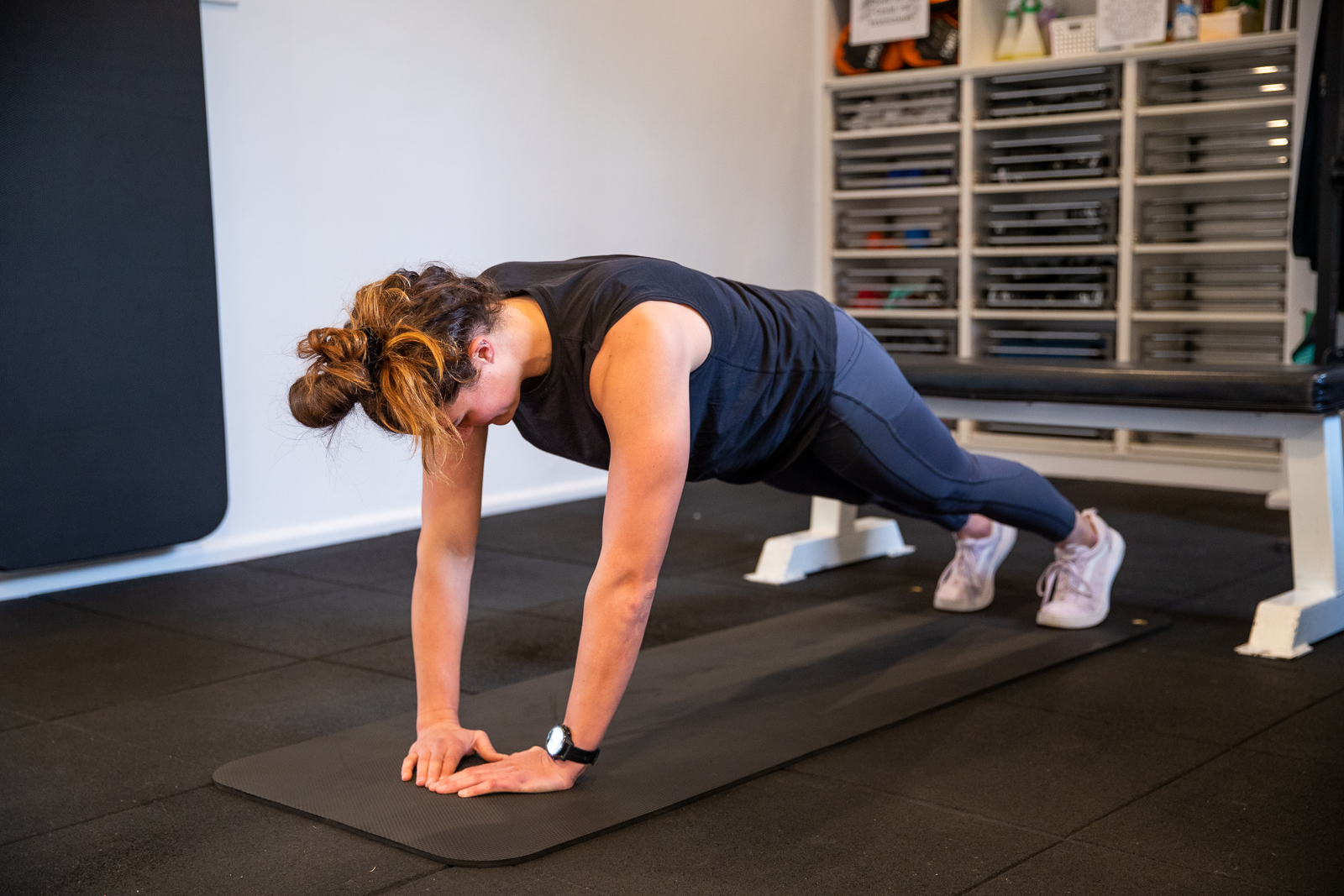
4. Inverted Rows
The inverted row is a great complement to the humble pushup, completing the push-pull duo of motions. For the mountain bike, think of the row as your friend with hopping and wheelies, where you’re actively pulling up. Like most of the exercises we have mentioned here, it’s also a great core stabiliser.
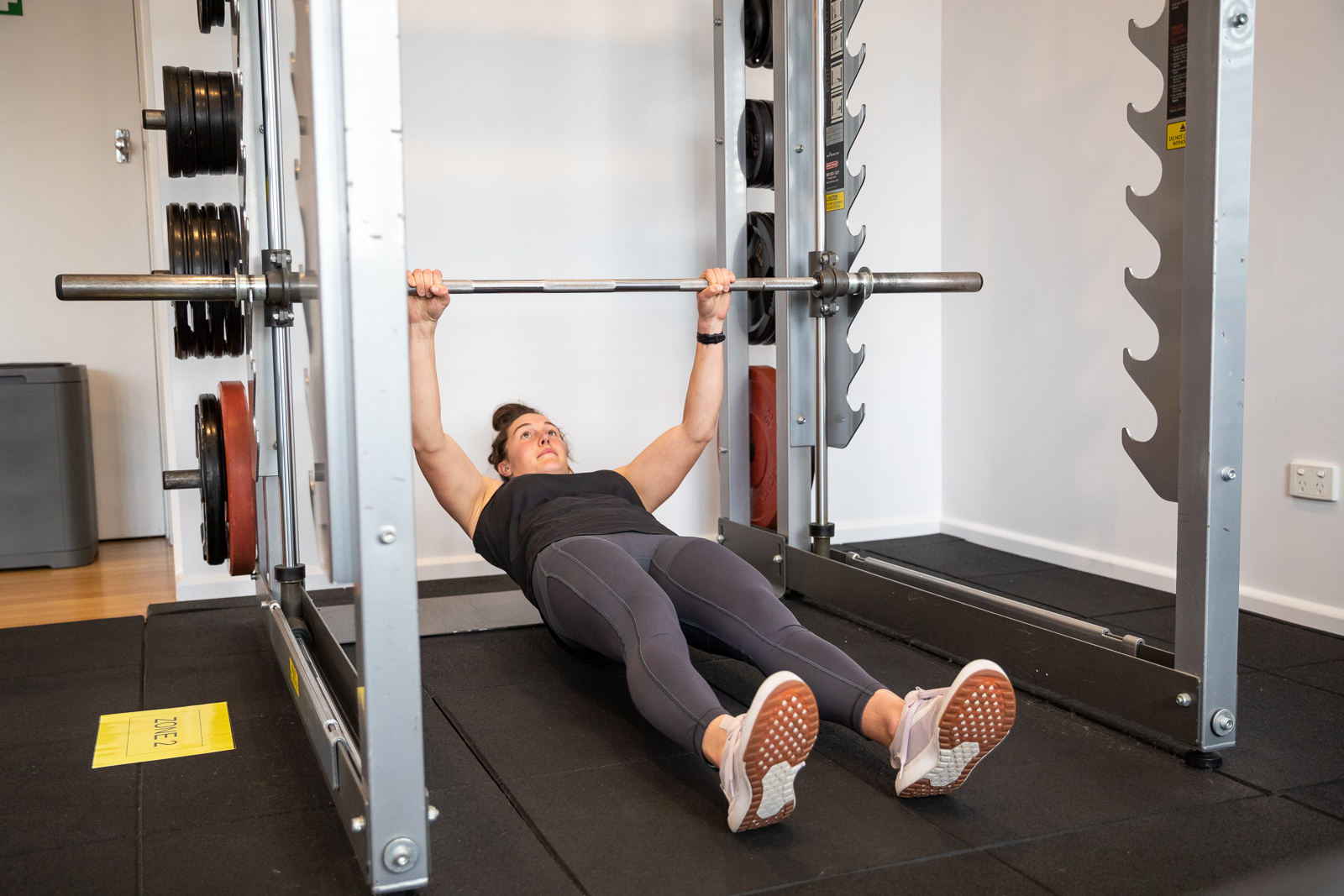
How to do it
A slightly trickier at home option, using a low horizontal pole, or bedsheet over door frame (or even a wooden support strut, positioned up high), you hold each end of the bedsheet, with your body in an inverted push-up position. Contract the body and pull yourself upwards, then return to neutral/long arm position.
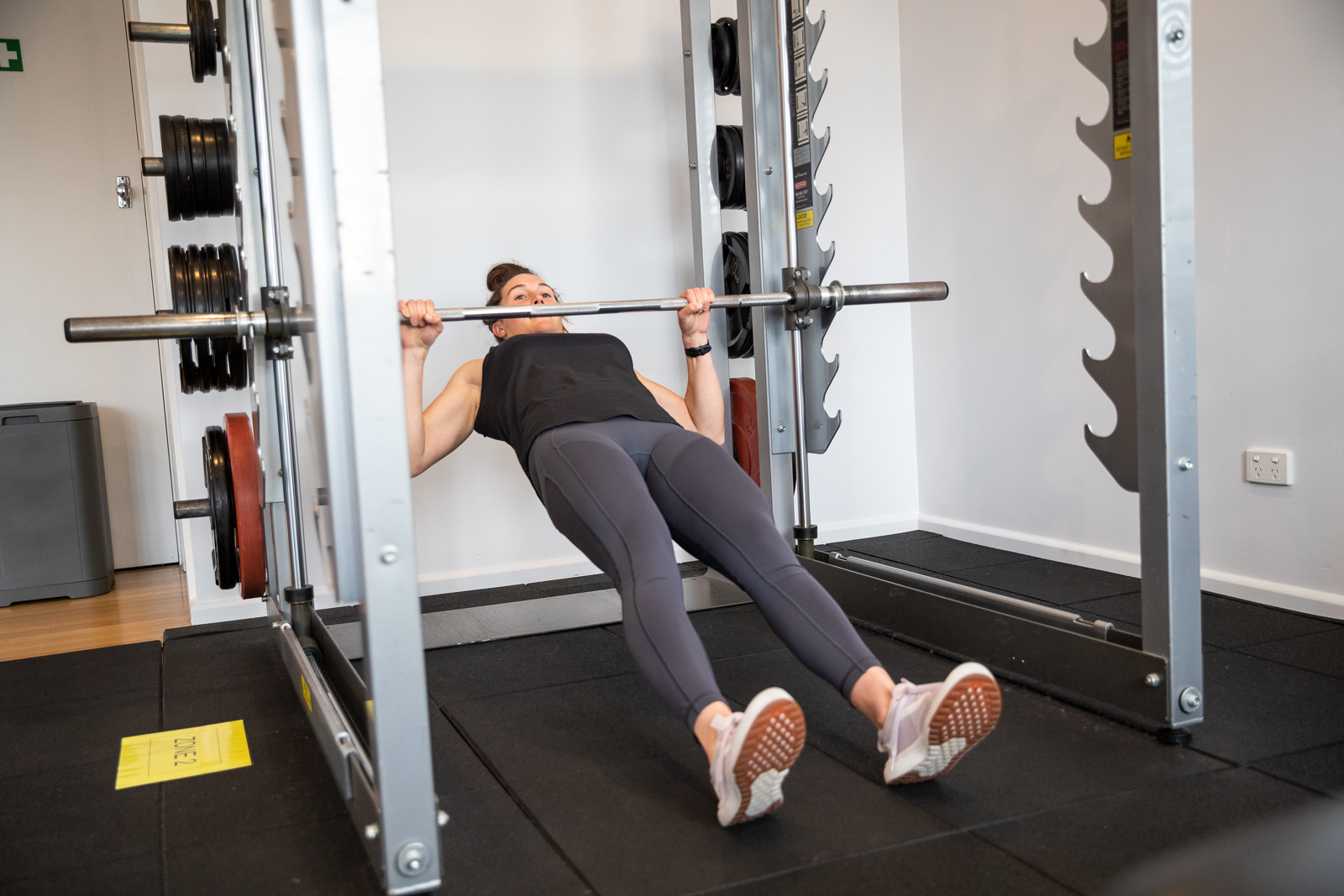
Once again, you can’t go wrong with 3 sets of ten, then add variations before volume.
Variations
The higher the horizontal pole or bedsheets is located, the less angle your body will be at and the easier the exercise. As you progress, lower the grip on the bedsheet or seek a lower pole to increase the supported weight you’re rowing. The next step: complete the rows with one leg raised!
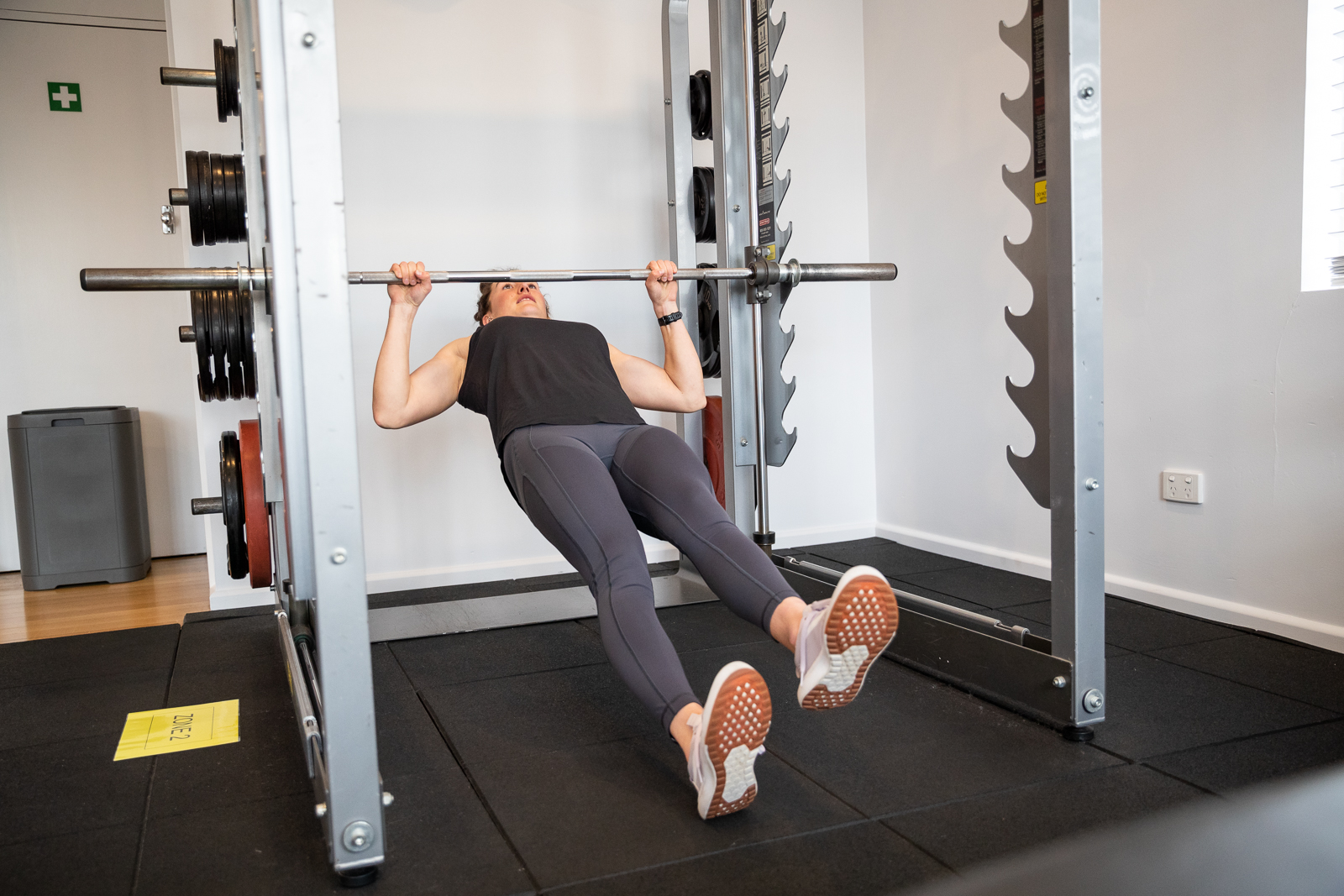
5. Plank and Superman
The plank and superman moves likely need no introduction, and are excellent complementary exercises to work both anterior and posterior core. These keep you strong when you’re fatiguing on the bike! Add these in to the rest of this workout and you’ll be a strength warrior!
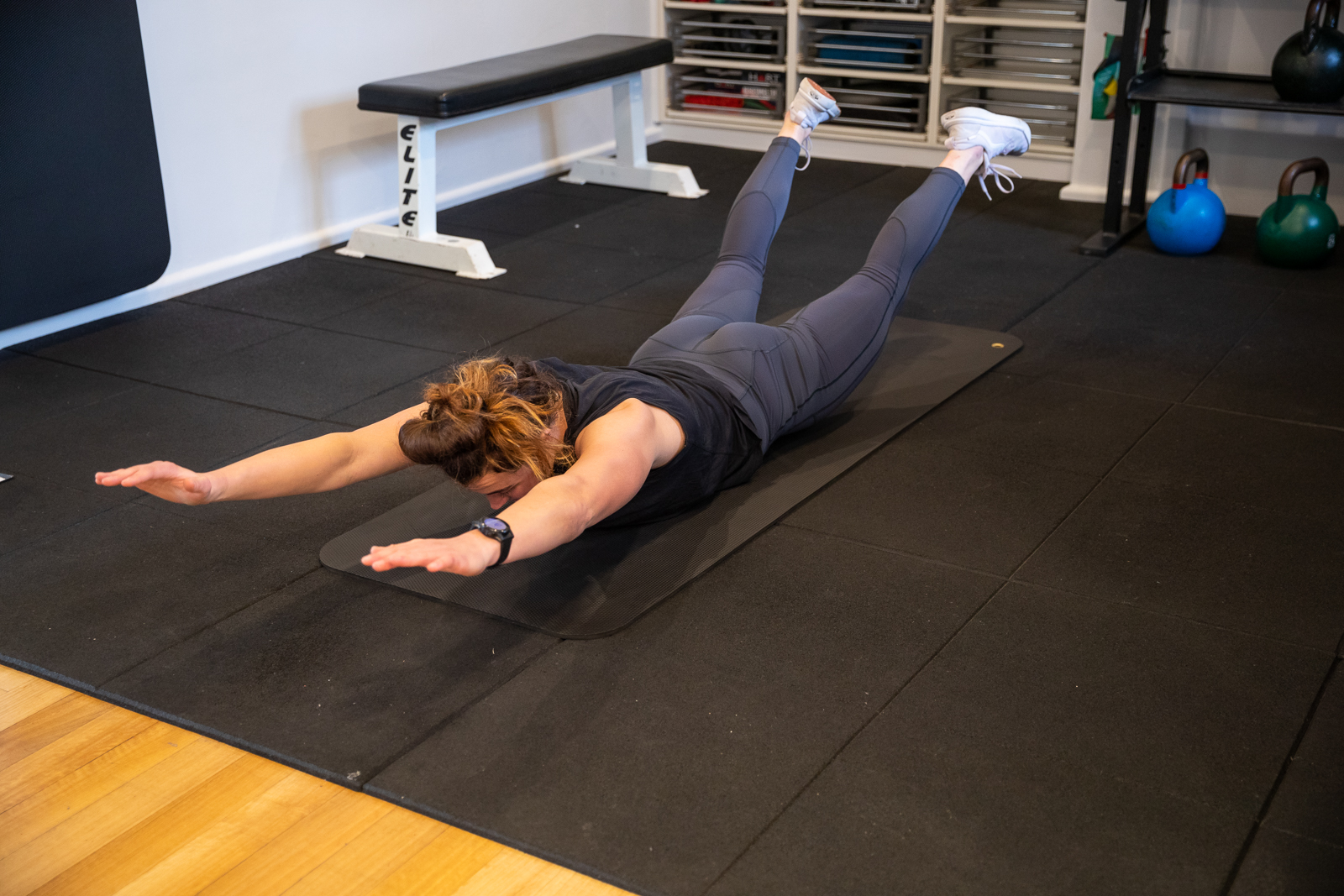
How to do it
Plank: Start on all fours and drop onto the elbows, positioned under shoulders. Legs straight out as per pushup and straight from head to heels. Stay here for 30sec, not letting your bottom sag or raise out of the straight line. Repeat 3x to start.
